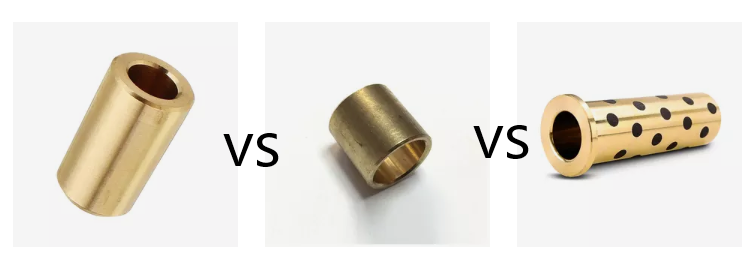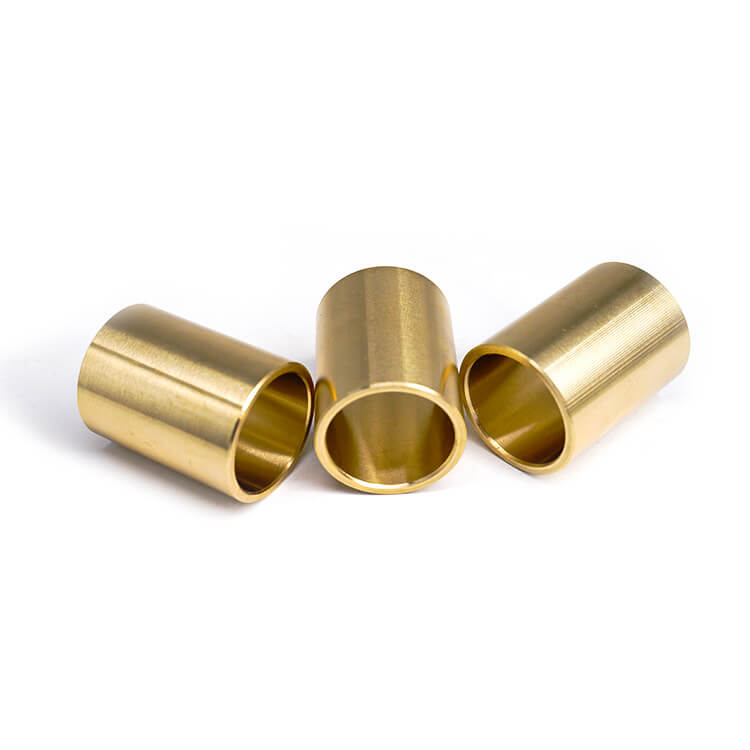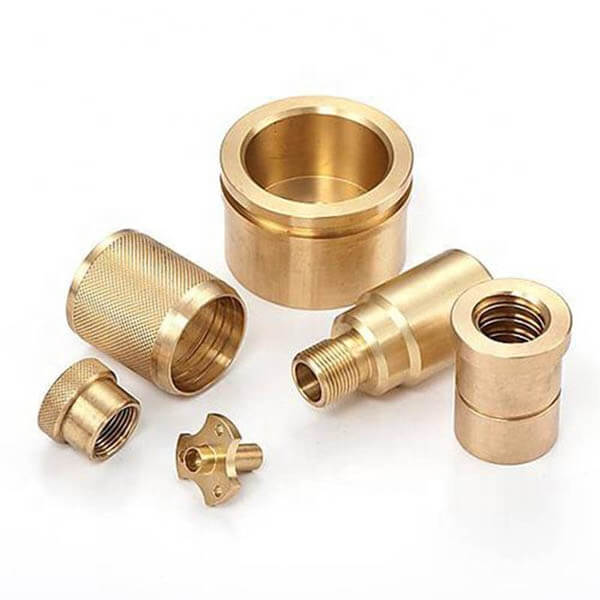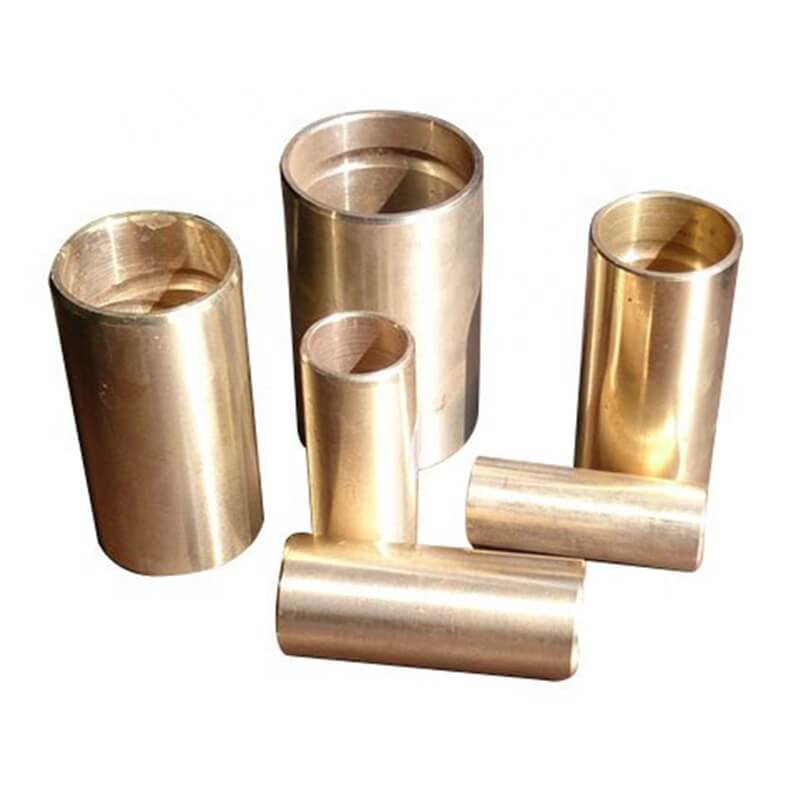Bronze vs Brass vs Copper what is the difference and how to choose the price metal for your applications?

Because it is so simple to mix up these metals, a comparison of brass, bronze, and copper is essential. Additionally, there are only very slight differences between these metal selections. As a result, choosing a material can be confusing for part designers. Even more challenging to categorize are these metals due to their similarity in elemental composition.
Even though the metals have a tiny color difference, it could be difficult to tell them apart right away. The fact that you can’t pick any of them for your applications makes it more difficult. They share a lot in common, but they also have a lot in common. Therefore, brass might not be the best choice in some situations where copper would ordinarily be used.
Metal alloys made of copper, brass, and bronze. Even though copper, brass, and bronze are all metals, they each have unique qualities that make them suitable for various situations. To choose the optimum metal for their applications, designers, engineers, and manufacturers must be aware of these distinctions throughout all of the industry.
What is Bronze?
A metal alloy called bronze is created from copper and additional components. Tin is the most frequent element found in bronze, along with copper, although it can also contain other elements like zinc, arsenic, aluminum, silicon, phosphorus, and manganese. Each elemental combination results in a new alloy with unique features. Bronze is much tougher than copper alone due to the presence of other elements. Bronze is a strong material that is utilized in sculptures, musical instruments, and medals because of its dull-gold appearance. Due to the minimal metal-on-metal friction, it is also utilized in industrial applications like bushings and bearings. Bronze’s corrosion resistance allows for further nautical applications. Additionally, it is a good heat and electrical conductor.

What is Brass?
Brass is a metal alloy that contains several different elements. It contains copper, zinc, and, on rare occasions, tin. The color and properties of the brass can vary depending on the amount of copper and zinc present. Its color could range from bright yellow to faded gold. More zinc improves the metal’s strength and ductility while also brightening its color. Because of its strength and workability, brass is commonly used in plumbing fittings, mechanical parts, and musical instruments. It is frequently used for decorative purposes due to its gold appearance.

What is Copper?
Copper is a metallic element according to the periodic table. Brass and bronze are made from a natural material that can be found in the ground. Around the world, copper is extracted from the earth’s surface by copper mines. This metal is often used in electrical systems and computers because it is very conductive and heat resistant. Additionally, copper pipes are frequently used in the plumbing sector. Among the copper products that are most frequently recycled in scrap yards are copper wire, cable, and tubing. Copper is one of the most valuable metals at scrap yards.

What are the Differences Between Bronze, Brass, and Copper?
Because copper contributes to both bronze and brass, it can occasionally be challenging to distinguish between the metal and its alloys. But each one differs and may be distinguished from the others due to various traits and qualities. Here are various methods for differentiating copper, brass, and bronze.
Color
Reddish-brown is the unique hue of copper. Brass seems more vividly golden-yellow. Bronze, on the other hand, has a duller gold or sepia hue and generally has very few circles on the surface.
Price
While prices vary depending on the grade, copper is typically the most expensive of the three red metals. While all three contain copper, the percentage in Brass and Bronze is much lower than in pure copper due to the addition of alloying elements. This lowers the price of brass and bronze. Bronze is typically more expensive than brass, owing to the processes required to produce bronze.
Sound
To determine if the metal is pure copper or an alloy, lightly strike it. A low, deep sound will be produced by copper. Brass will sound brighter than bronze, which will generate a higher-pitched sound.
Composition
Copper is a periodic table element, so the only ingredient in pure copper is copper. It may, however, contain impurities or traces of other materials. Brass is an alloy of the elements copper and zinc, with trace amounts of tin and other metals. Bronze is an alloy of copper and tin, with the addition of silicon, manganese, aluminum, arsenic, phosphorus, and other elements. Many of the same metals can be found in both bronze and brass, but modern bronze has a higher percentage of copper—around 88% on average.
Magnetism
Copper, brass, and bronze are all nonferrous metals and should not be magnetic. However, because brass and bronze are alloys, traces of iron can sometimes find their way into them and be detected by a strong magnet. If you place a strong magnet against the metal in question and it responds, you can rule out copper.
Strength
The strength of a material is critical in determining the most appropriate applications. As a result, when comparing brass, bronze, and copper, this factor must be considered.
- Tensile Strength
- Yield Strength
- Melting Point
- Formability
Codes
Look for an engraved letter “C” followed by three or five numbers on the metal item. If you see an engraving like this, you know it’s made of brass. Copper and bronze will not have this type of engraving.
Durability
Bronze is a hard, sturdy metal that does not flex easily. Copper is the most durable, followed by brass. Brass is much more prone to cracking than the other two metals. Meanwhile, copper is the most malleable of the three. Brass is also more corrosion-resistant than copper, but not as much as bronze. Copper will oxidize and form a green patina over time to protect it from further corrosion.
Bronze vs Brass vs Copper Which is Better?
Formability of Bronze vs. Brass. In terms of formability, brass outperforms bronze. Brass is said to be hard, but it is softer than bronze, a copper and tin alloy. Brass’s relative softness makes it easier to shape, cut, and file.
Knowing the distinctions between brass, bronze, and copper will assist you in learning how to select sheet metal for rapid prototyping. For high-quality results in the design and manufacturing stages, the selection process is critical. Keep the following in mind when making your selection:
While all three metals are more durable, they do not have the same degree of machinability. Consider this to ensure smoother machining and cost savings.
Another critical factor is the budget. Brass is the least expensive of the three metals, with copper being the most expensive. If money is an issue, you may want to go with brass.
Finally, application and utility will factor into your decision. The type of metal you choose will be determined by the eventual use of your component. Copper is useful whenever electrical conductivity is required. Because of its corrosion resistance, bronze is well suited for saltwater applications. It is also tough and durable, and it can withstand fatigue.

